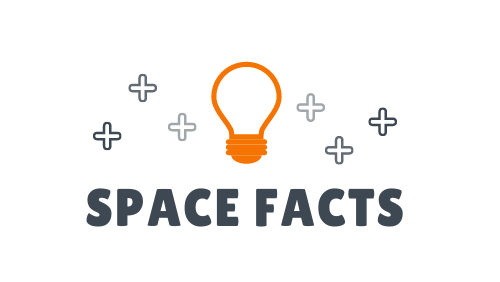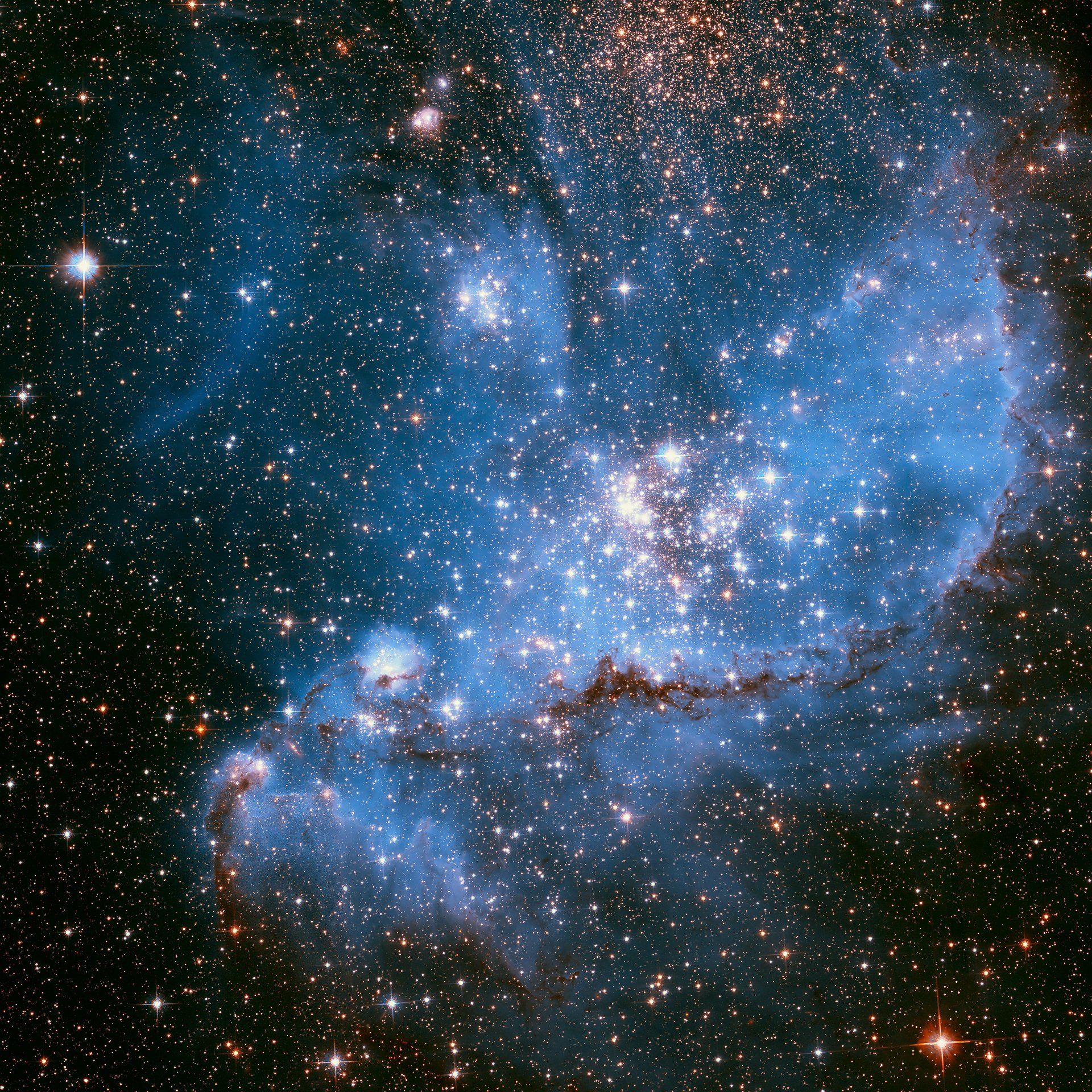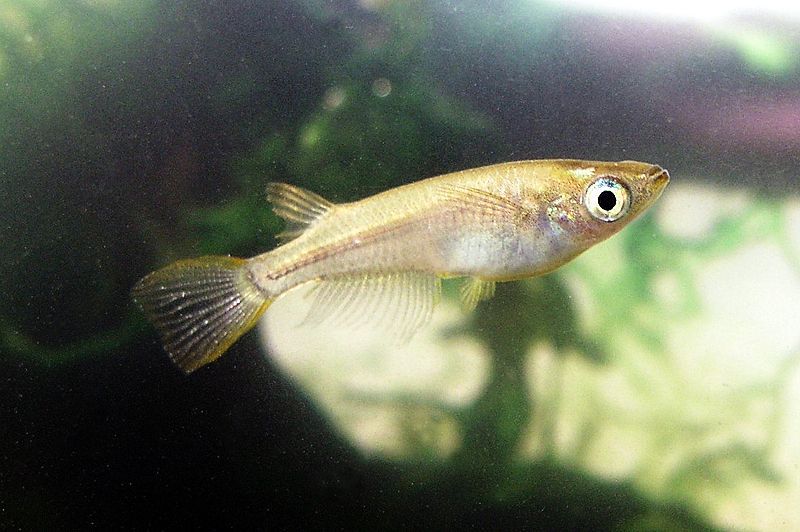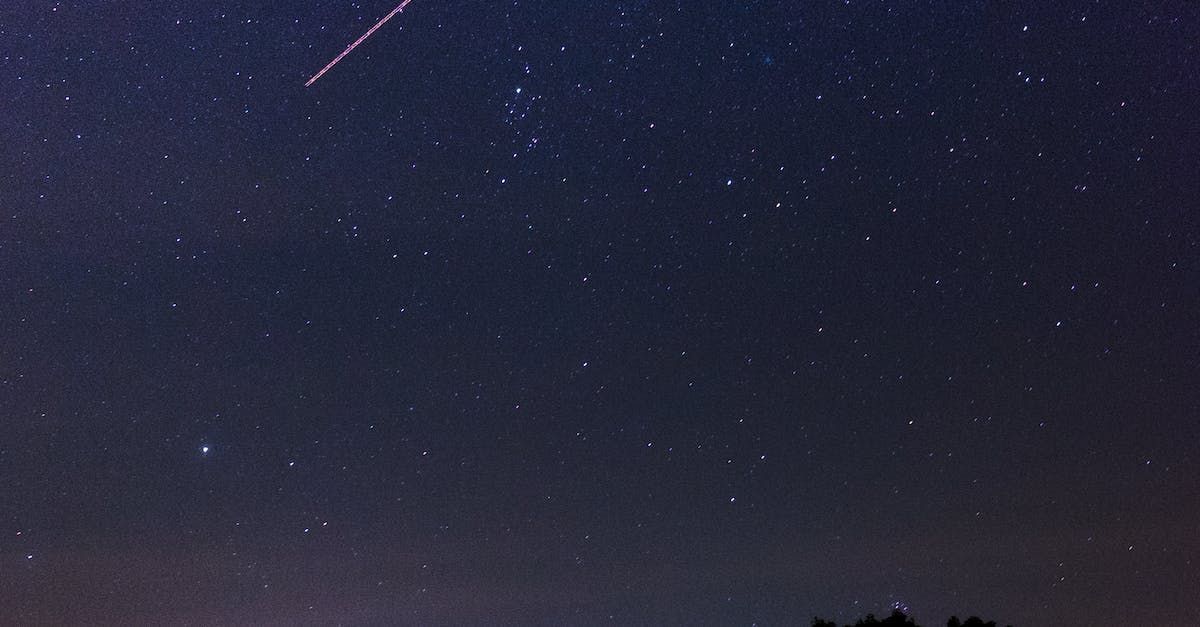Fruit Flies In Space
Fruit Flies In Space
The first living organisms to journey into space and return were fruit flies, which occurred on February 20, 1947. These tiny creatures were extensively studied by scientists to understand how radiation and zero-gravity environments might impact humans, long before sending larger animals and humans into space. Fruit flies were chosen because they share many genes with humans, making them an ideal subject for experimentation.
During the Cold War and Space Race, fruit flies were frequently sent into space, providing researchers with valuable insights into the nature of living and reproduction in a zero-gravity environment. Scientists from both the Soviet Union and the United States conducted research using fruit flies.
As the possibility of colonizing Mars and the Moon becomes more realistic, fruit flies are still being used for research. They are particularly useful for studying the effects of weightlessness on the cardiovascular and immune systems, as well as genes of astronauts. Fruit flies have played a significant role in humankind's understanding of space travel and continue to be an invaluable asset for scientific discoveries.
Why are fruit flies chosen for space research?
Because of their genetic similarity to humans, fruit flies have often been used for space travel. Their short gestation period and rapid maturation make them particularly useful for this purpose. Female fruit flies can lay up to 100 eggs per day, and each egg takes less than 10 days to fully develop. Additionally, scientists have sequenced the entire genetic makeup of fruit flies, including their sex chromosomes, and have found that three-quarters of their genome is comparable to that of other organisms. As a result, fruit flies frequently accompany humans on space missions.
The history of fruit flies in space
Pre-1930
As early as 1907, fruit flies became a subject of research for scientists, with Thomas Hunt Morgan being the first to study them. Morgan exposed the flies to radiation and discovered that they were a valuable medical tool, providing results that often mirrored those found in other animal species. He investigated fifteen different varieties of fruit flies, including the well-known Drosophila melanogaster. At the University of Columbia, he established a "fly room" dedicated solely to the research being conducted on these insects.
1930's
During the 1930s, Dobzhansky drew upon Charles Darwin's research but shifted the focus away from survival of the fittest and towards gene pools. Despite their small size, fruit flies possessed the largest chromosomes observed by scientists at the time, making Dobzhansky's work groundbreaking. In 1933, Thomas Hunt Morgan was awarded a Nobel Prize for his research on fruit flies and their medical applications. In 1935, Albert William Stevens and Orvil Arson Anderson ascended to 72,395 feet in a specialized balloon aircraft, bringing fruit flies with them on their flight.
1940's
The first fruit flies were sent into space in 1946, but they were not recovered. On February 20, 1947, the United States launched a V-2 rocket carrying fruit flies to study the effects of radiation on living organisms and assess whether radiation from space would pose a potential problem for future astronauts. The rocket was launched from White Sands Missile Range in New Mexico and lasted for three minutes, during which time the flies were exposed to space. Upon their return to Earth, the flies showed no signs of radiation damage. These successful results with fruit flies paved the way for sending monkeys into space in 1949, dogs in 1957, and eventually humans in 1961.
1950's
In February 1953, the United States launched a series of unmanned balloons carrying fruit flies for various experiments. Unfortunately, most of the flies perished or were never recovered, except for a group of twelve that survived one flight on February 26, 1953. In February 1956, an unmanned balloon carrying mice, guinea pigs, a fungus sample, and some fruit flies reached an altitude of 115,000 feet, and all the animals were successfully recovered alive. In July 1958, the United States Navy launched Malcolm David Ross, Morton Lee Lewis, and fruit flies in a high-altitude balloon manned flight to 82,000 feet, which was the first to reach the stratosphere. The cabin of the balloon was pressurized to mimic sea-level conditions.
1960's
The first humans were sent to space in 1961. In 1968, scientists discovered that fruit fly larvae exposed to both radiation and space flight had a higher rate of premature death than those exposed to radiation only or those that went to space only. The same study also revealed that the flies exposed to both radiation and space flight exhibited accelerated aging and genetic mutations. Another study in 1968, which exposed fruit flies to both pre-flight radiation and space flight, showed that those exposed to both had significantly damaged sperm compared to those exposed to only one or the other.
1970's
A 1978 publication presented several key findings critical to scientists studying fruit flies sent into space. Firstly, fruit flies that were born and spent their initial days in space had a shorter lifespan than their Earth-bound counterparts. Secondly, the development process of flies born in space and living flies sent to space was regular. Thirdly, the wings of flies that were sent to space were either physically or genetically damaged. The damage was most likely due to the nature of the takeoff and landing of the Space Shuttle, rather than the micro-gravitational environment. Flies born in space produced less glycogen in their wings, inhibiting their ability to fly.
1980's
Soviet scientists in 1981 concluded that fruit flies exposed to radiation before being sent into orbit had a higher likelihood of producing offspring with genetic mutations compared to flies that were only exposed to radiation or only sent to space.
1990's
n 1997, researchers sent fruit flies into space for eight days and mated them with earthbound fruit flies upon their return. The resulting male fruit flies had a threefold higher likelihood of carrying lethal mutations on their Y-chromosome. The researchers attributed these mutations to the radiation present in space.
2000's
In 2006, a study demonstrated that fruit flies born in space had a weaker immune system and were more susceptible to illnesses compared to those born on Earth. As a result, scientists were convinced that future plans for colonizing the Moon or Mars must incorporate measures to enhance the immune systems of astronauts to safeguard them against infections such as sepsis.
2010's
Dr. Richard Hill conducted a study in 2012 using a powerful magnet to simulate zero-gravity and observed that the speed of fruit flies increased and their motion resembled walking instead of floating, providing valuable insights into the effect of weightlessness on humans due to the genetic similarity between humans and fruit flies. In 2015, scientists from the Sanford Burnham Prebys Medical Discovery Institute discovered that fruit flies sent to space had alterations in genes that regulated their hearts and other cardiovascular structures. To further research the impact of zero-gravity on the heart and cardiovascular system, the same scientists sent 30 live fruit flies and 2,000 fruit fly eggs into space in 2017. They discovered that the hearts of fruit flies living in space for several weeks had different anatomical features compared to earthbound fruit flies, leading to the conclusion that future plans for Moon or Mars colonization would have to address specific measures to safeguard the cardiovascular health of astronauts.
2020's
Modern technology has made it possible to recreate space-like conditions on Earth, which enables scientists to study the effects of space travel on organisms and their bodily systems without incurring the high costs of space missions. Fruit flies have been used extensively in preliminary research on the subject, and with previous research indicating the adverse impact of space travel on blood flow and heart health, ongoing studies are being conducted to address these issues. Researchers are hopeful that with continued efforts, they can develop strategies to mitigate these negative effects and ensure the safety of future space exploration.
© Copyright 2021 Space-facts.co.uk
View our other facts sites: www.animal-facts.co.uk










